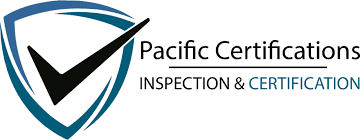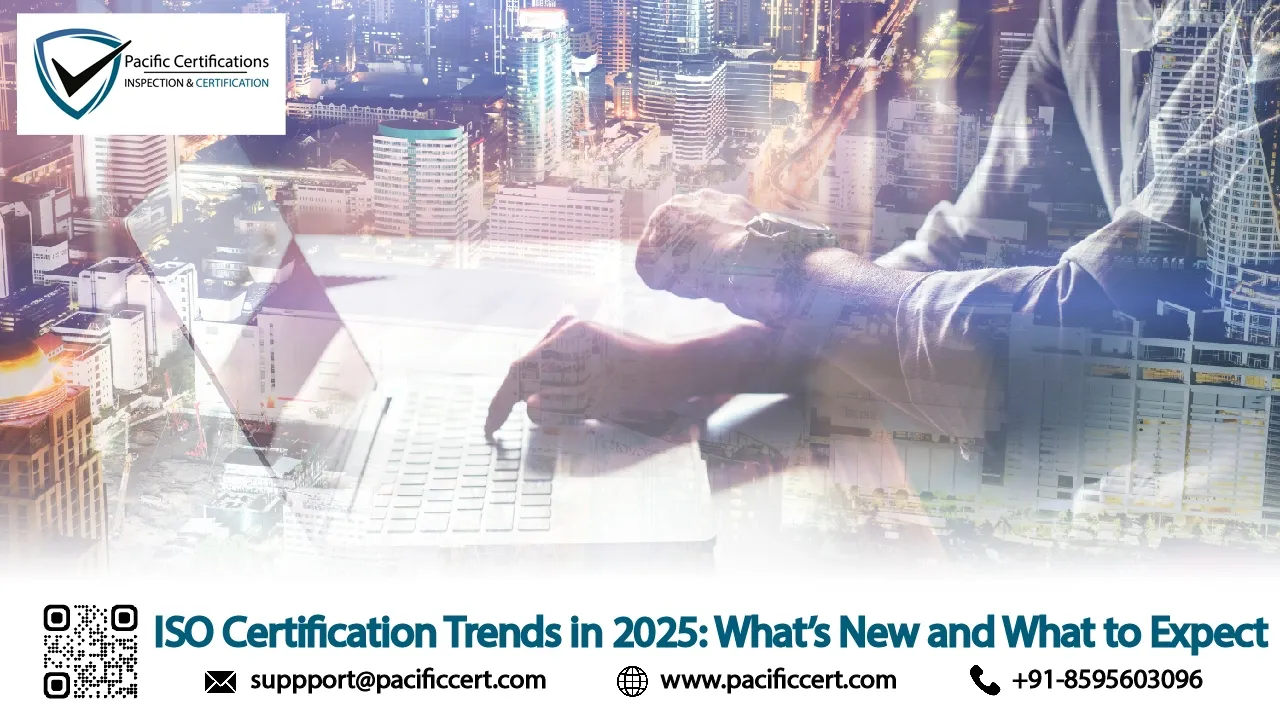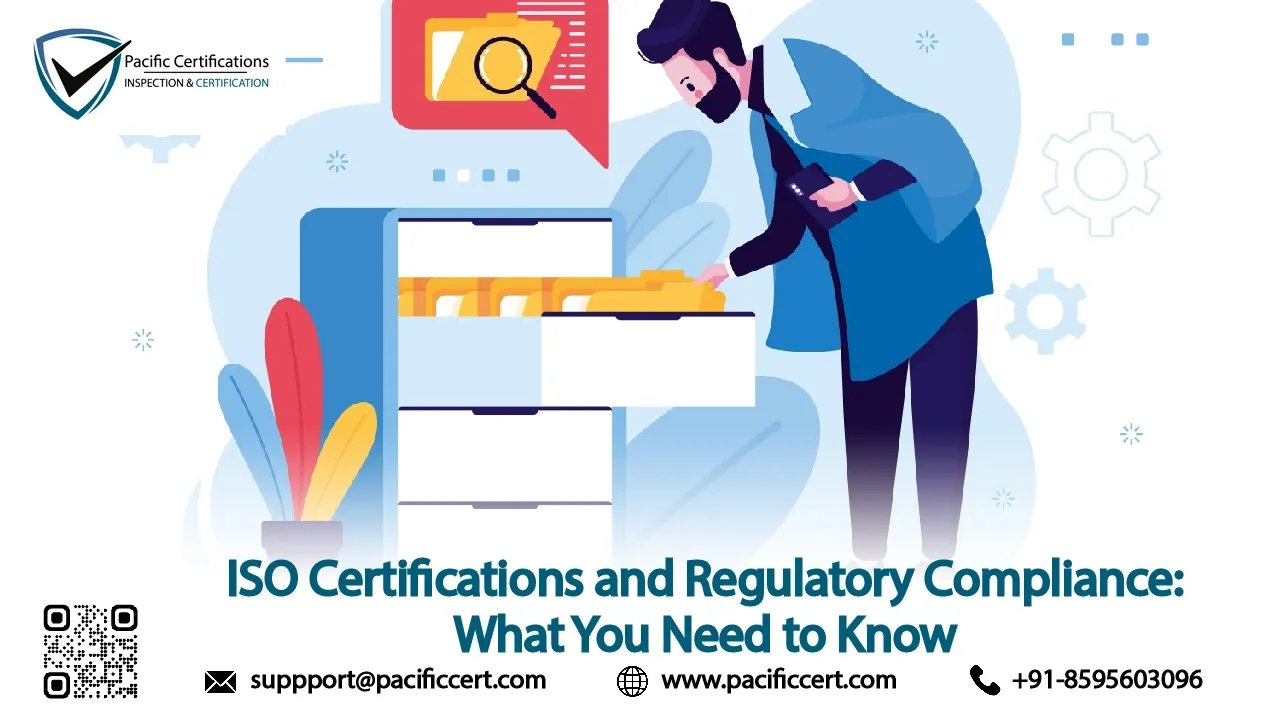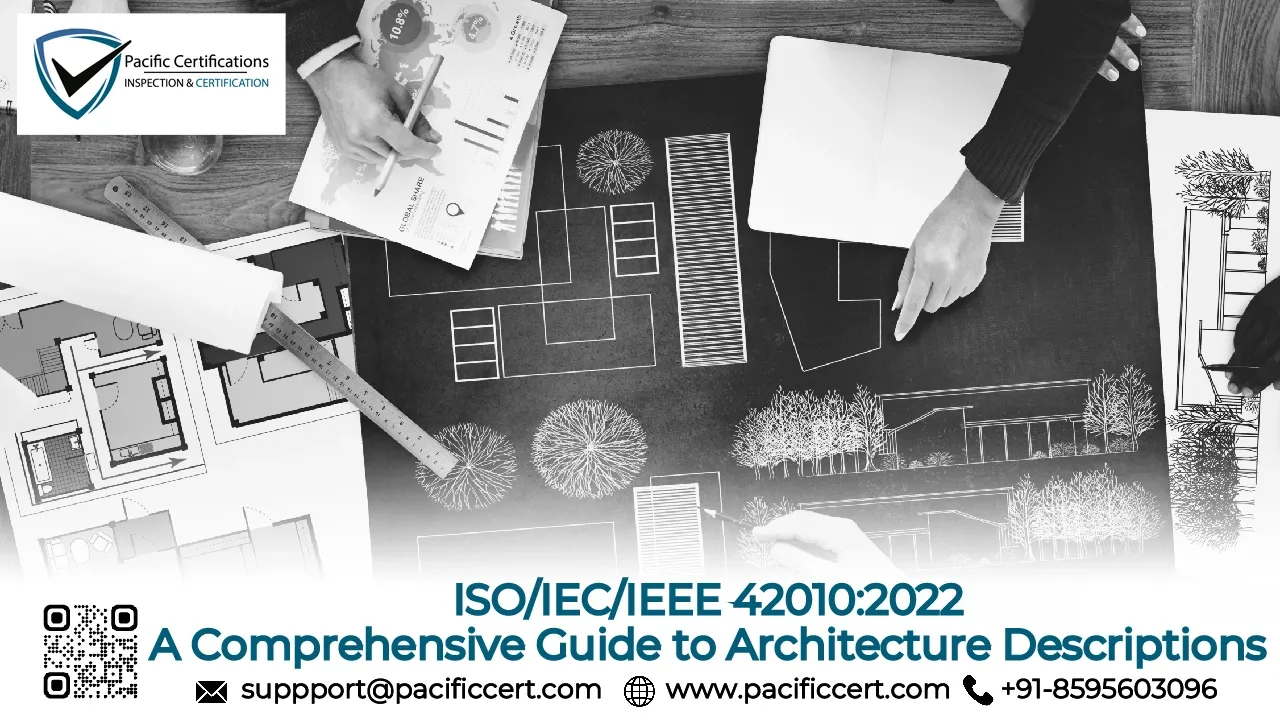
Introduction
ISO/IEC/IEEE 42010:2022 is an architecture description standard that is useful for all types of singular or multiple architecture descriptions intended for various contexts and perspectives on the architecture and all relevant aspects. Utilizing ISO/IEC/IEEE 42010:2022 as a systemic standard for architecture descriptions can improve the quality of communication about decision-making and engaging with any system design or development within or during the creation of an architecture description.
What is ISO/IEC/IEEE 42010:2022?
The recently published ISO/IEC/IEEE 42010:2022 incorporates the standards for architecture descriptions. These standards outline the requirements for the structure and expression of an architecture description (AD) for any given entity, demarcating the architecture of an entity from the AD that represents that architecture. These processes provide a way for all stakeholders to distinguish the entity and its representation without confusion, and aid stakeholders in understanding how the various components of the architecture relate to and impact on each other.

Ultimately, it provides a methodical way to define architecture in software, systems, and organizational contexts. When approached collaboratively, it will result in a holistic AD that captures the concerns of all stakeholders, developers, architects, and senior leaders alike. It will also verbally guide teams in developing several new views that depict the system from various perspectives to suit each stakeholder, and inform their understanding of, and design decisions for their specific use.
Key Components of Architecture Descriptions
ISO/IEC/IEEE 42010:2022 outlines the core components that constitute a comprehensive architecture description. These include :
1. The identification of stakeholders
2. The documentation of their concerns
3. The creation of viewpoints and views that reflect the system from various perspectives.
The standard emphasizes the need for consistency between these components, to ensuring different views and models are consistent with one another.
The AD must represent an architecture of the system displaying the structure, behaviour, and interaction with external entities. The models used in the AD showing individual components and their interactions need to be detailed to enable the stakeholders involved trusted the information would thoroughly represent the system. The correspondence rules are important to guarantee consistency, as every view of the system must relate properly to each other.
What are the Benefits of Adopting ISO/IEC/IEEE 42010:2022?
Adopting ISO/IEC/IEEE 42010:2022 offers numerous benefits:

1. The standard provides a common language for stakeholders, which enhances communication and collaboration.
2. By ensuring that all stakeholders share a common understanding of the system’s architecture, organizations can improve decision-making, reduce misunderstandings, and avoid costly errors.
3. This standard also fosters consistency across projects
4. Organizations that adopt ISO/IEC/IEEE 42010:2022 can ensure uniformity in architecture descriptions, which is particularly beneficial for large enterprises that manage multiple projects.
5. Moreover, the standard supports compliance with industry regulations and facilitates the adaptation and evolution of architectures over time, helping organizations to remain flexible and responsive to changing requirements.
How to Get ISO/IEC/IEEE 42010:2022 Certified
The certification process for ISO/IEC/IEEE 42010:2022 can be achieved through several foundational steps, ensuring your organization's architecture descriptions are conforming to the required standards while being aligned with best practices. Follow the steps below to ensure you achieve certification:
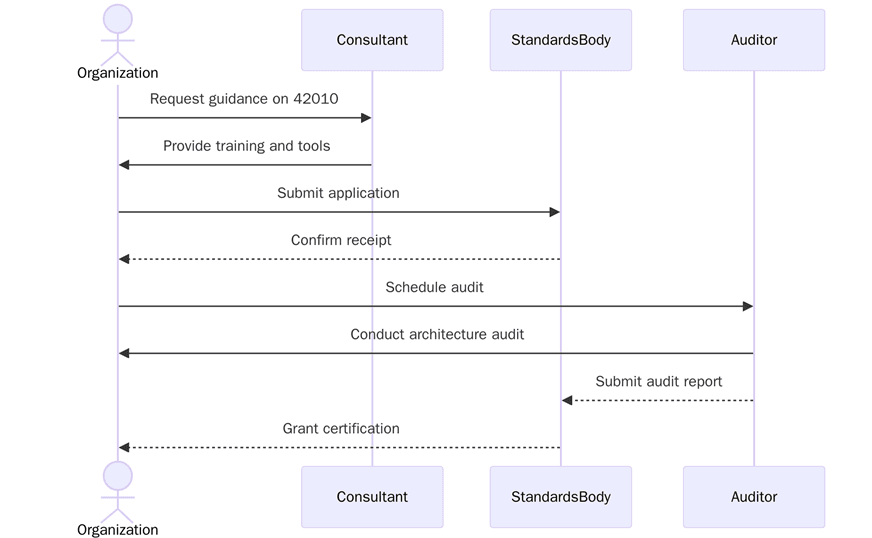
Step 1: Understand the Standard Before seeking certification
it is critical that you understand the ISO/IEC/IEEE 42010:2022 standard in detail. It is important that your team's understanding of the core concepts, terminology, and requirements outlined in the standard is thorough, so your organization will be able accomplish translating it into practice.
Step 2: Conduct a Gap Analysis
To conduct a gap analysis, you will want to perform an internal assessment, which identifies the gaps between your current architecture descriptions and the requirements outlined in ISO/IEC/IEEE 42010:2022. Conducting a gap analysis will help you understand what to improve and enable you to map your way to compliance.
Step 3: Create and Use Architecture Descriptions
Based on the results produced from the gap analysis, you will start to create or modify architecture descriptions that meet the ISO/IEC/IEEE 42010:2022 standard. This includes identifying stakeholders and concerns, creating consistent viewpoints, and models that are aligned with the standard.
Step 4: Engaging Stakeholders
Incorporate feedback from all identified stakeholders along the way, in line with processes you establish in the development of the architecture descriptions. Stakeholder input guarantees the architecture descriptions consider the interests of everyone, and that the final product is well-rounded and match the interests of the organization.
Step 5: Conduct Internal Audits
Once the architecture descriptions are finished, conduct an internal audit process to be assured they fit with ISO/IEC/IEEE 42010:2022. This process will assist in identifying non-conformance and future opportunities for improvement before submitting for external audit.
Step 6: Identify a Certification Body
You need to identify an accredited certification body, for example, Pacific Certifications to conduct an external audit. The certification body will assess whether your architecture descriptions demonstrate the organization complies with ISO/IEC/IEEE 42010:2022.
Step 7: External Audit and Certification
The accredited certification body will undertake the external audit of your architecture descriptions. If the organization is found to comply with the requirements of the standard, it will be awarded ISO/IEC/IEEE 42010:2022 certification.
Step 8: Continuous Improvement
After certification, continuously review and revise your architecture descriptions to ensure they remain compliant to the standard (or keep them as an appropriate example). Regular audits and updates will allow you to maintain your certified status and continually improve the quality of your architecture descriptions.
Guidelines for implementation of the certification
Implementing ISO/IEC/IEEE 42010:2022 requires organizations to define clear objectives for their architecture descriptions, engage stakeholders early in the process, and choose appropriate viewpoints that address stakeholder concerns. The architecture description should be developed in a structured manner, ensuring that all components are aligned and that different views are consistent with each other.
Regular reviews and updates are essential to keep the architecture description relevant and accurate. As systems evolve, the AD must be updated to reflect these changes, ensuring that stakeholders have access to the most current and accurate information.
What are the Challenges and Considerations?
Although ISO/IEC/IEEE 42010:2022 is a comprehensive standard, it can be difficult for organizations to apply. A major issue is the complexity of larger systems. The more complex a system becomes, the more difficult it is to create and maintain an architecture description; one that accurately conveys the structure and behaviour of the system.
Another consideration is the resource constraints; producing a complete architecture description, requires substantial time and expertise. Organizations must be ready to use those resources towards the production and upkeep of the AD as required.
Stakeholder consensus is also necessary for a successful application of an architecture description. If stakeholders do not understand their responsibilities, or the overall system’s architecture, it may be difficult to get them in agreement. This is particularly difficult if there is a large, assorted range of stakeholder diversity.
Lastly, there may be some technical obstacles while trying to apply ISO/IEC/IEEE 42010:2022 to existing tools and processes. Organizations may have to purchase new tools or adjust existing tools to meet or implement the requirements of the standard.
Contact Us
At Pacific Certifications, we specialize in providing certification services to help your organization comply with ISO/IEC/IEEE 42010:2022. Whether you are just getting started or need assistance with maintaining compliance, our team is here to guide you through the process.
Contact Details:
- Email: support@pacificcert.com
- Website: www.pacificcert.com
Our team is dedicated to helping you achieve certification, ensuring that your systems are described, structured, and managed according to international standards. Reach out to us today for expert assistance and guidance.
Frequently Asked Questions
Q1: What types of entities can benefit from ISO/IEC/IEEE 42010:2022?
The standard applies to a wide range of entities, including software, systems, enterprises, systems of systems, product lines, service lines, technologies, and business domains. It can be applied to any context where architecture descriptions are necessary for system design and management.
Q2: Does the standard specify which tools to use for architecture descriptions?
No, ISO/IEC/IEEE 42010:2022 does not specify particular tools for creating architecture descriptions. It focuses on the structure and content of architecture descriptions rather than prescribing specific tools or techniques.
Q3: Can the standard be used in agile development environments?
Yes, ISO/IEC/IEEE 42010:2022 is flexible and can be adapted to various development methodologies, including agile development. The standard provides a framework for creating architecture descriptions that can evolve as systems change over time.
Q4: How does the standard support stakeholder involvement?
ISO/IEC/IEEE 42010:2022 emphasizes identifying and documenting stakeholder concerns, ensuring that the architecture description addresses the needs of all relevant parties. This collaborative approach helps to ensure that the system’s architecture aligns with stakeholder expectations.
Q5: Where can I find more information about the standard?
For more information or to purchase the full standard, visit the pacific certifications website here.
Ready to get ISO 42010 certified?
Contact Pacific Certifications to begin your certification journey today!
Suggested Certifications –
Read more: Pacific Blogs
